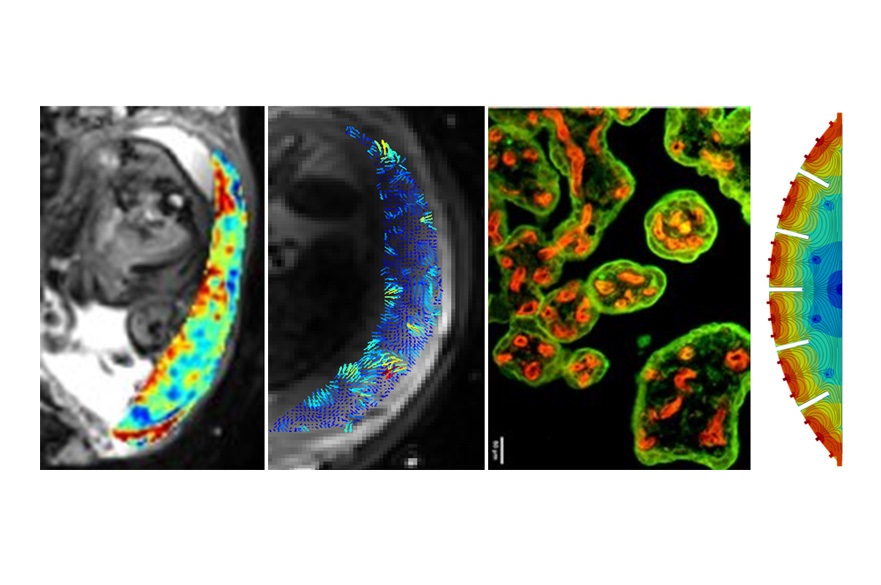Funding for new research to reduce stillbirths
Researchers have been awarded funding for a project that aims to cut the number of stillbirths by examining blood flow through the placenta.
By Dave Rogers | Published on 21 September 2022
Categories: Press office; Research; School of Science and Technology;

Every 16 seconds one baby is stillborn, this amounts to more than two million stillborn babies globally every year.
Researchers from the University of Nottingham and Nottingham Trent University will be joining Wellcome Leap’s In Utero programme, which aims to measure, model and predict gestational development using the latest methods and techniques.
One third of stillbirths are related to problems with the placenta. In the past there has been lots of work studying the blood flow into the placenta from the mother with little consideration given to the importance of how blood moves back out of the placenta, despite this being critical for the circulation and uniform flow of maternal blood around the placental villous trees which contain the baby’s blood; exchange of oxygen and nutrients from mother to baby occur here.
The researchers are focusing on this venous return, particularly the effects of the newly discovered placental contractions which periodically refresh the blood within the placenta. Problems here will affect baby’s well-being.
Dr Nia Jones, Associate Professor in Obstetrics and Gynaecology at the University of Nottingham explained: ‘Stillbirth is a devastating outcome for families and if there are safe tests that we can develop to identify pregnancies at risk and allow close surveillance and timely delivery this would be very welcome progress in care for both clinicians and families.’
Dr Lopa Leach, Associate Professor of Anatomy and Vascular Biology added: “I am pleased that we can look at the venous return of maternal blood from placental “lakes” where exchange occurs. This is an overlooked yet crucial part of the mother-fetus circulation and a hugely important piece of the jigsaw in understanding placental biology.”
The multidisciplinary research team involves obstetricians, biologists, physicists, engineers, computer scientists and mathematicians from both the University of Nottingham and Nottingham Trent University.
Dr Qimei Zhang, a researcher in Nottingham Trent University’s School of Science and Technology, commented: “We expect that our new optical fibre based maternal monitor will help healthcare providers to bring reassurance to many expecting families in the future.”
Penny Gowland, Professor of Physics, University of Nottingham, said: ‘I am delighted that we have been selected to be part of the Wellcome Leap In Utero programme. I have always been fascinated by the placenta and I am so pleased that we will be using MRI to help to address this very important problem.’
Notes for Editors
Press enquiries please contact Dave Rogers, Public Relations Manager, on telephone +44 (0)115 848 8782, or via email.
This project is a collaboration between the University of Nottingham and Nottingham Trent University, who together lead Universities for Nottingham.